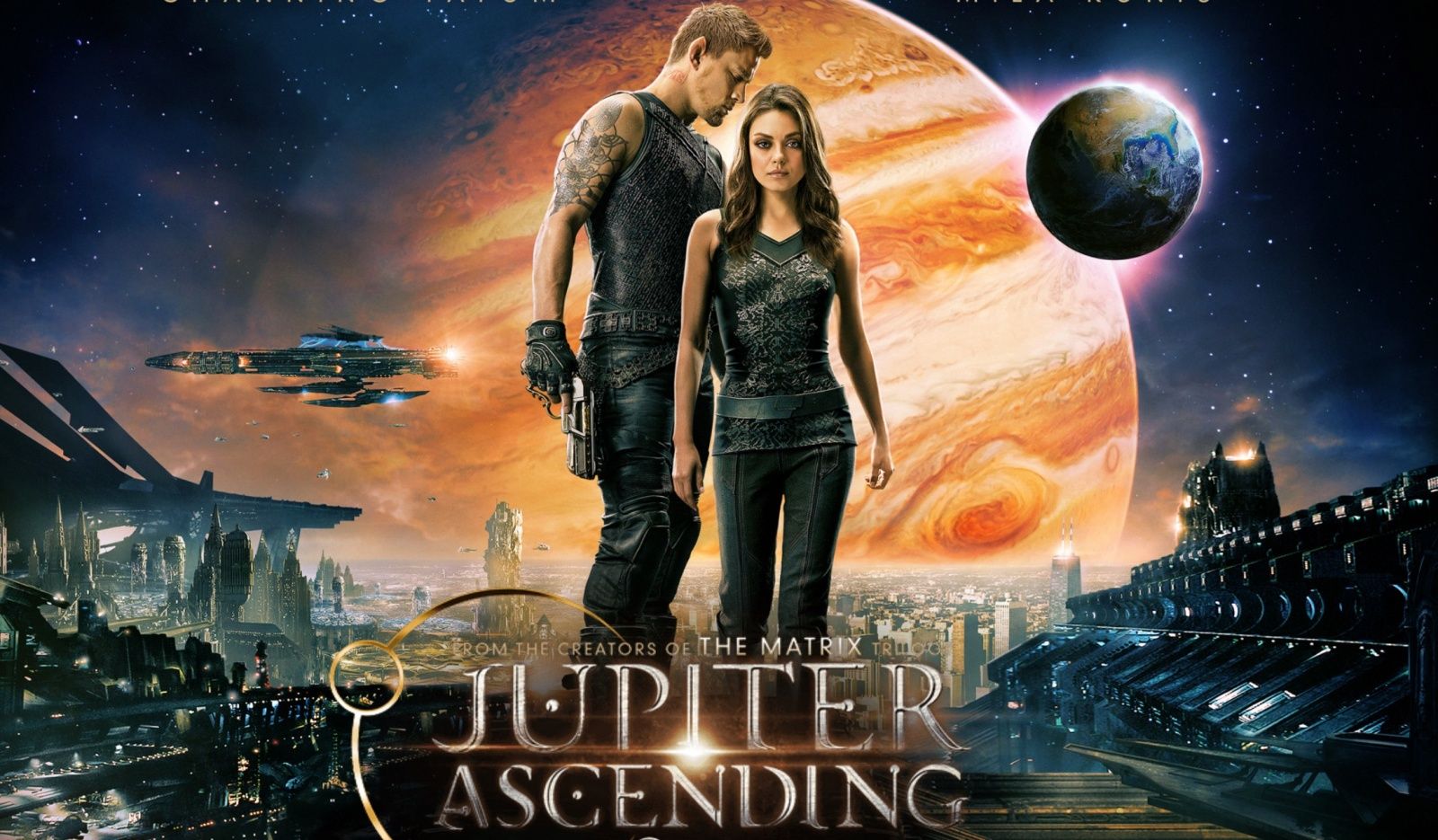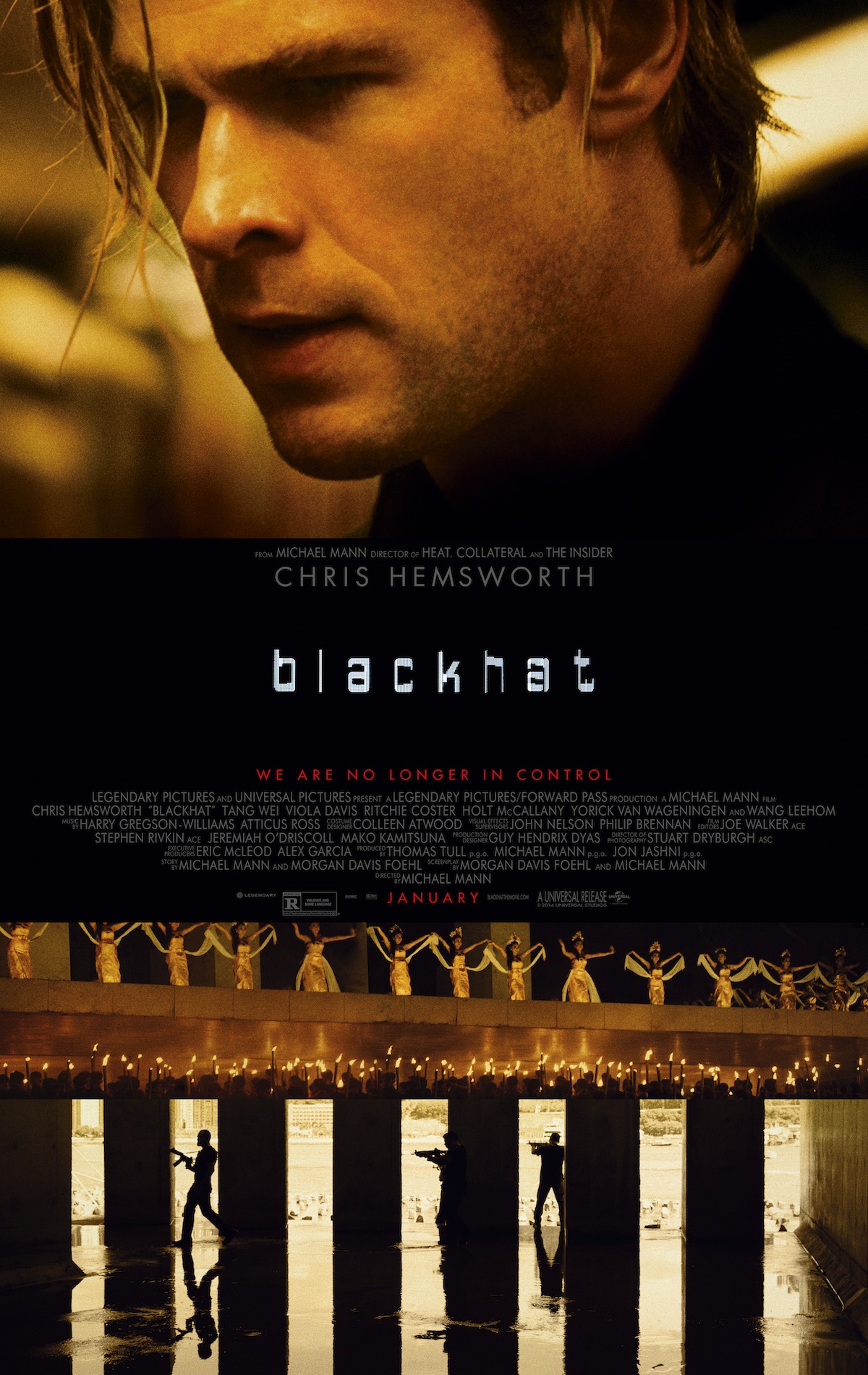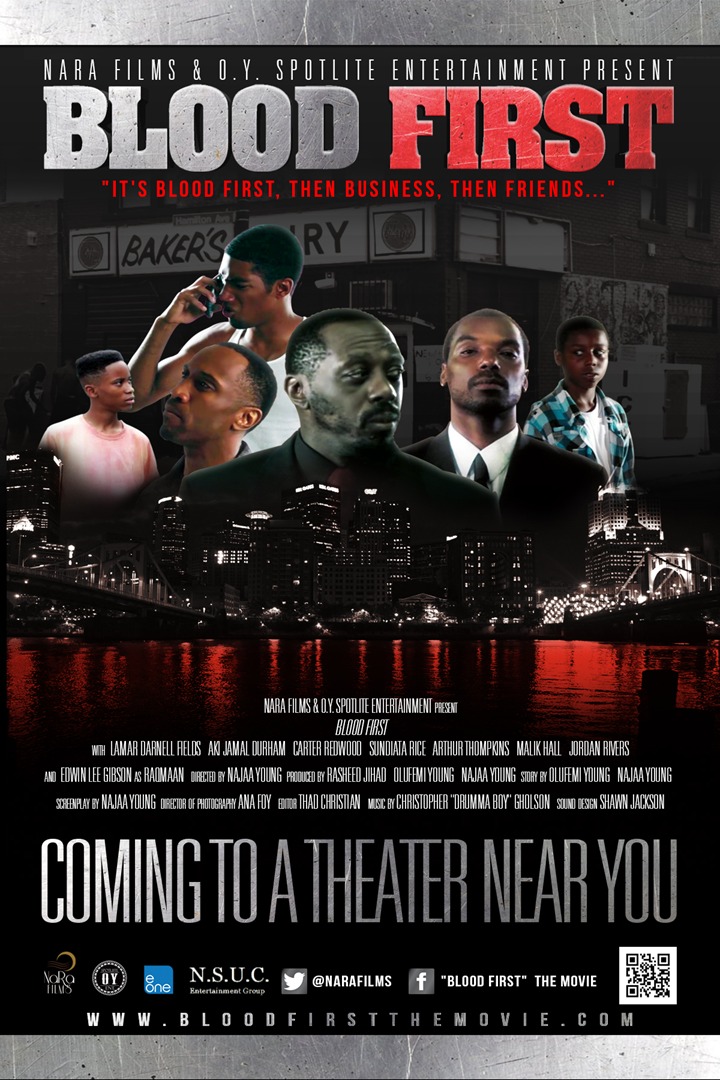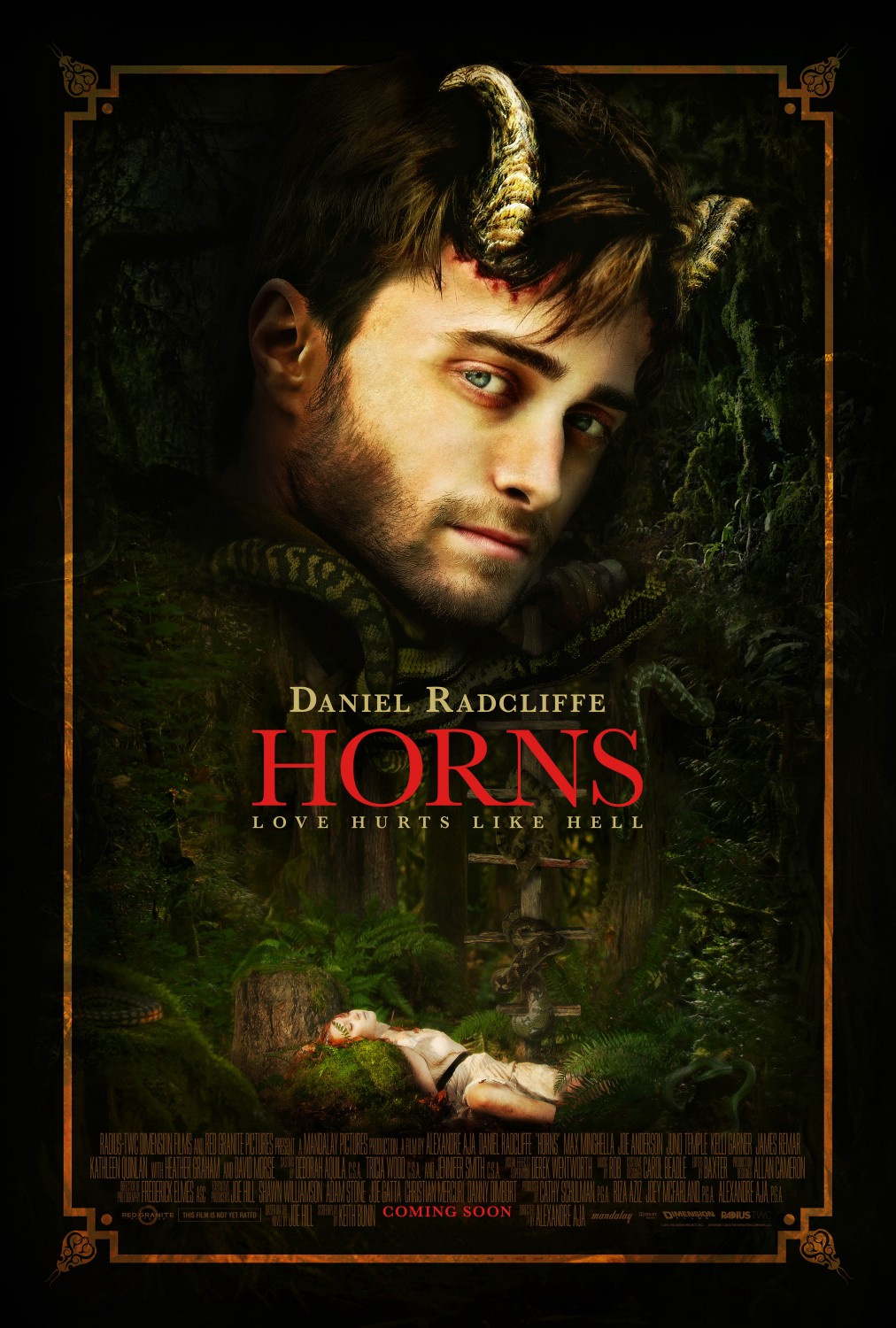When asked to watch this film, I had my reservations about it. I appreciate a good action film as much as the next woman, but I worried that the film was overly dramatic based on the trailers.
How does a girl feel when she goes from being an illegal Russian immigrant who cleans toilets, to a space princess who is in line to inherit the Earth?
Surprisingly calm for Jupiter Jones (Mila Kunis). I appreciated the step into this action sci-fi direction that the sibling directors, Lana and Andy Wachowski, took to bring this mixed universe of “Matrix” and “Star Wars” (as quoted by Douglas Booth, who portrays Titus) to the cinema.
Space princesses, space werewolves, space capitalism (let’s not forget the bees) make interesting characters to begin with, if not confusing as heck to follow the plot as the film reaches its climax.
I understood enough from the film to get the general idea that Jupiter Jones is the reincarnation of a Space Empress who is now in line to own the Earth, yet the three children of her Space Empress self stand in the way and fight to either kill her, befriend her, or marry her so that they may own the Earth.
Then Caine Wise (Channing Tatum) a splice (a genetic experimentation of wolf and human) comes in the save her when she ultimately throws herself back into danger.
The visual effects brought enough life to the film; however, the sound accompanying the visual effects blew over the dialogue of the actors as they were explaining to young Jupiter what was going on and why the three most powerful heirs wanted to kill the incarnation of their mother.
The film features in several mixed (leaning to negative) reviews, featuring in ‘The Riskiest Box Office Bets of 2015’ by screenrant.com.
Overall, I wanted more story from the film. There were amusing scenes to make the film lighthearted and some (truly disturbing) dark scenes, yet I would have liked to see more of the world the Wachowski siblings created.
In this universe your signature and the set of currency are genes. How do they live forever? Recycling genes of other planets. Once a civilization reaches the capacity of the planet, it is ripe for ‘harvesting’, meaning that the House of Abrasax (the ruling companies of the gene trade) collects all the human beings of that planet and strips them down to their genes.
Once the humans are harvested, an individual can bathe in the static waters and become younger. The matriarch of the House of Abrasax was able to send her future self’s inheritance (Jupiter Jones) to the Earth by using the signature of her genes. If you wish to get married, there is no such use of rings; your genes receive a mark that becomes your signature, showing that you are bound to your partner. It was the most exciting idea of the film for me to see.
As for the reason why the film, originally scheduled to be in theaters on July 18, 2014, was pushed back to February 6, 2015, it was due to the visual effects. The ideas of the project were too complex to be completed in the allotted time used for post-production (Posted by CinemaBlend). The producers and directors needed the extra time to finish the final look of the visual effects of the film. Personally, I am glad they took the extra time for the quality of the effects, the effects didn’t disappoint.
2.5/5










